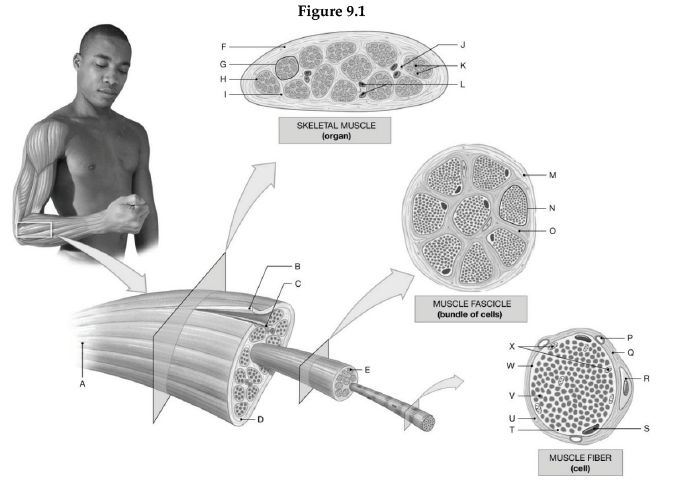Using the figure below, identify the labeled part.

1) Label A: ______________________________
2) Label B: ______________________________
3) Label C: ______________________________
4) Label D: ______________________________
5) Label E: ______________________________
6) Label F: ______________________________
7) Label G: ______________________________
8) Label H: ______________________________
9) Label I: ______________________________
10) Label J: ______________________________
11) Label K: ______________________________
12) Label L: ______________________________
13) Label M: ______________________________
14) Label N: ______________________________
15) Label O: ______________________________
16) Label P: ______________________________
17) Label Q: ______________________________
18) Label R: ______________________________
19) Label S: ______________________________
20) Label T: ______________________________
21) Label U: ______________________________
22) Label V: ______________________________
23) Label W: ______________________________
24) Label X: ______________________________
1) Tendon
2) Epimysium
3) Blood vessels and nerves
4) Perimysium
5) Endomysium
6) Epimysium
7) Muscle fascicle
8) Endomysium
9) Perimysium
10) Nerve
11) Muscle fibers
12) Blood vessels
13) Perimysium
14) Muscle fiber
15) Endomysium
16) Capillary
17) Endomysium
18) Myosatellite cell
19) Nucleus
20) Sarcoplasm
21) Axon
22) Myofibril
23) Sarcolemma
24) Mitochondria
You might also like to view...
Simple macromolecules with fewer numbers of bonds yield more energy to fuel cell processes than large macromolecules.
Answer the following statement true (T) or false (F)
Mary is in an automobile accident and suffers a spinal cord injury. She has lost feeling in her lower body. Her doctor tells her that swelling is compressing a portion of her spinal cord. Which part of her cord is likely to be compressed?
A) the anterior gray horns B) the anterior gray commissures C) ascending tracts D) descending tracts E) the anterior white commissures
The growth rate for a scalp hair is about _______ per day for 1.5 to 7 years, and then the hair becomes dormant
A. 1.3 mm B. 1.3 cm C. 1/30 mm D. 1/3 mm E. 3.1 mm
Pepsinogen
A. is secreted by parietal cells. B. is packaged in zymogen granules. C. operates optimally at a pH of 5 or more. D. is activated by salivary amylase in swallowed food. E. helps to form peptide bonds.